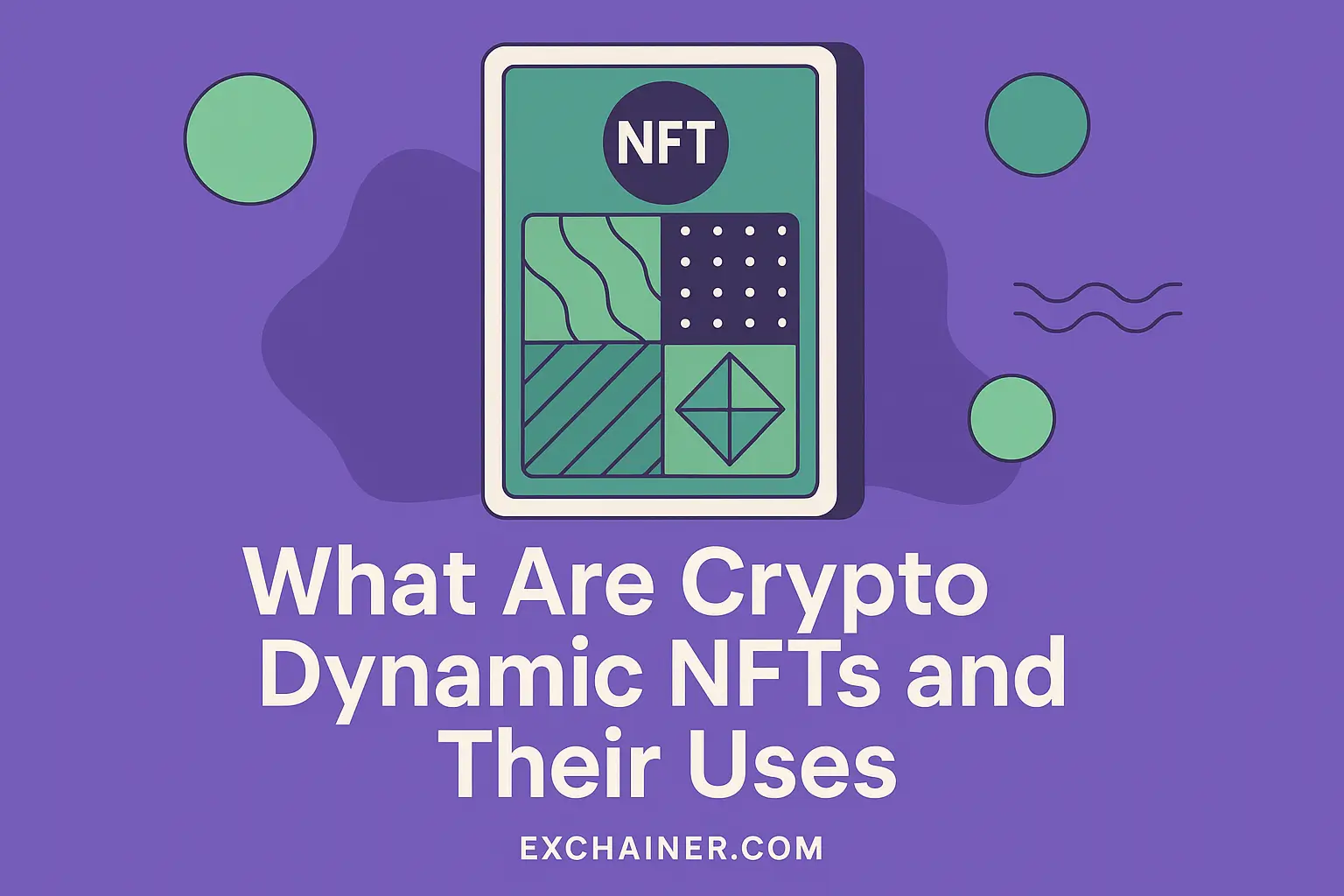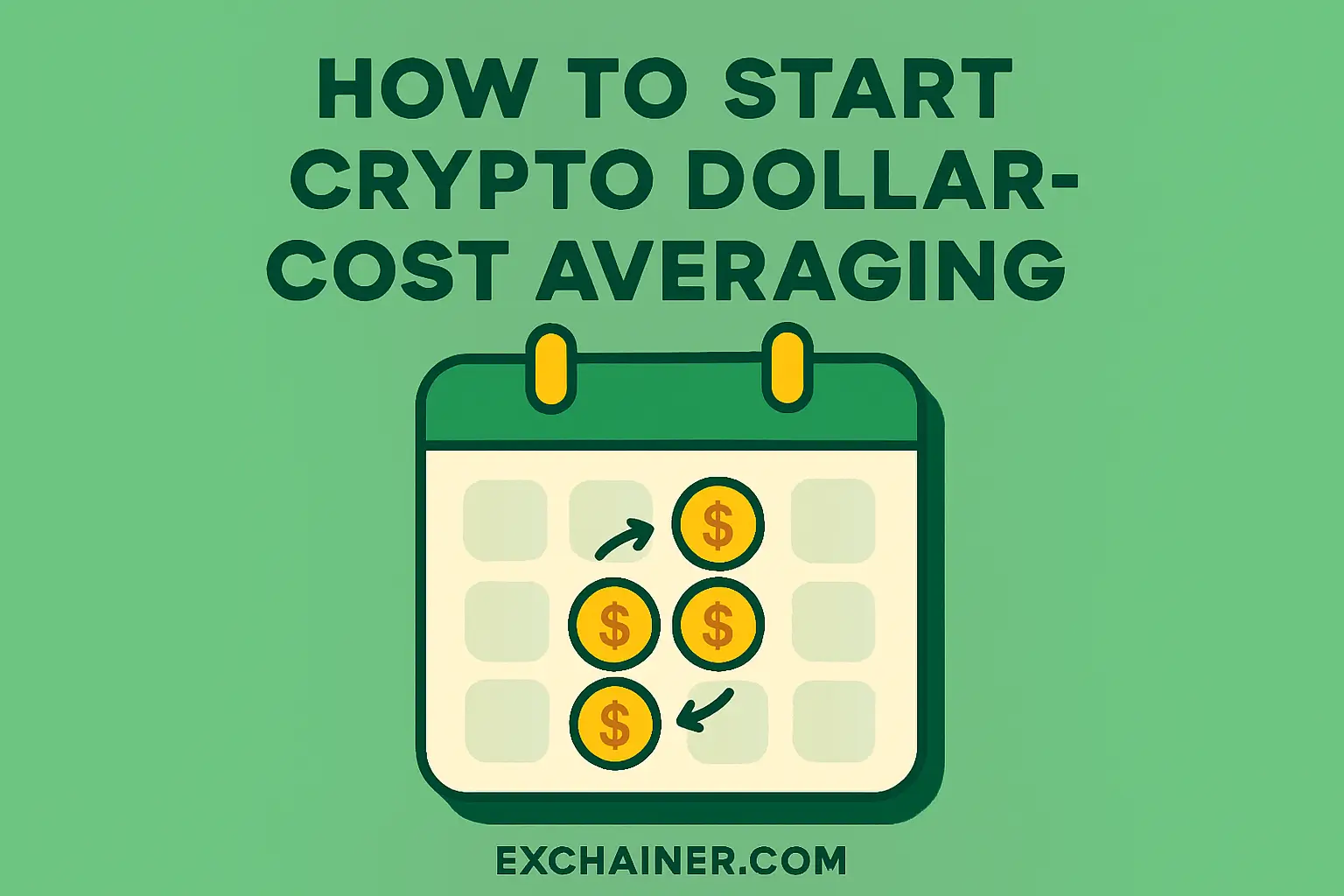Friends, if you’ve been diving into the world of cryptocurrency, you’ve probably heard the term staking pools thrown around. But what exactly are they, and why should you care? Whether you’re a newbie trying to understand the ins and outs of crypto or someone looking to maximize earnings without the hassle of deep technical knowledge, staking pools offer an intriguing solution. Imagine being able to put your digital assets to work, earning rewards passively, without needing to manage complex blockchain operations on your own. That’s the magic of staking, amplified through pools. This beginner-friendly guide will walk you through what staking pools are, how they operate, and the benefits they bring to the crypto community. We’ll break down the jargon, give you practical examples, and equip you with savvy tips for your crypto journey.
At its core, staking is a key feature of many cryptocurrencies that operate on Proof of Stake (PoS) blockchains, a consensus mechanism designed to secure the network and process transactions. But staking solo can be tough — it usually requires a hefty amount of crypto and technical know-how to run your own staking node. Staking pools resolve these barriers by allowing people like you and me to combine resources and stake collectively. This means even if you only hold a small amount, you can join forces with others, participate in the network’s validation process, and earn rewards based on your share.
As more investors look for ways to earn steady income in the crypto space, staking pools have gained tremendous popularity. Understanding how they work not only empowers you to make informed choices but also opens doors to new opportunities beyond just buying and selling coins. So, let’s dive deeper and unravel the world of staking pools with clear explanations, helpful tips, and examples you’ll appreciate.
Understanding Staking Pools: What Are They?
Before jumping into staking pools, let’s first revisit the basic concept of staking itself. In the cryptocurrency world, staking means locking up a certain amount of your tokens to support the operation and security of a blockchain network. This action helps validate transactions and maintain decentralization. In return, stakers earn rewards, often paid in the same token they stake, kind of like earning interest on a savings account.
Now, here’s the catch — to stake individually, you often need a minimum number of tokens, and sometimes, a high level of technical expertise to set up and maintain a node. That’s where staking pools step in as a game-changer.
Staking pools are groups of cryptocurrency holders who combine their tokens to increase their chances of validating blocks on the network. Think of it like a lottery pool — the more tickets you combine, the better your chances of winning. The pool then distributes the rewards proportionally among all participants, according to how much they contributed.
This collaborative approach democratizes staking, making it accessible even if you don’t meet the minimum requirements or don’t want the hassle of maintaining technical infrastructure.
How Do Staking Pools Work?
Here’s a simple analogy: Imagine you and a group of friends want to buy a lottery ticket together because individually, tickets are too expensive or the odds too slim. You pool your money, buy many tickets, and agree to split any winnings based on each person’s contribution. In staking pools, the ‘lottery’ is the chance to validate the next block and earn rewards on a PoS blockchain.
The pool collects tokens from all members, operates the staking node on their behalf, and handles all technical duties like uptime monitoring and node maintenance. Then, rewards from the network are collected and shared with participants after deducting any operational fees the pool might charge.
It’s important to note that different staking pools have different rules — some might require a minimum deposit, others may have lock-up periods, and fees can vary widely.
Key Benefits of Using Staking Pools
Why should you consider joining a staking pool? Here are some big advantages:
1. Lower Entry Barriers
You don’t need a massive pile of tokens to start earning rewards. By pooling resources, smaller holders get to participate, leveling the playing field.
2. Simplified Technical Requirements
Running a staking node can be tricky, requiring 24/7 uptime and technical know-how. Pools manage all that for you, so you can stake stress-free.
3. More Consistent Rewards
Since the collective stake is larger, pools often earn rewards more frequently, smoothing out the volatility compared to solo staking.
4. Reduced Risks
The technical burden and risks, such as penalties for downtime, get distributed among pool operators instead of falling on individual stakers.
5. Flexibility and Liquidity
Some staking pools offer “liquid staking” where you receive derivative tokens representing your stake. You can trade these without unlocking your stake, adding flexibility.
Potential Drawbacks to Keep in Mind
Like anything, staking pools are not perfect. Here are a few considerations:
Fees: Pool operators usually take a cut of the rewards, so your net earnings can be lower than solo staking.
Trust: When you stake in a pool, you rely on the operator to be honest and efficient. It’s important to research and pick reputable pools.
Lock-up Periods: Some pools require you to lock your funds for a set time, limiting your flexibility to move assets.
Understanding these trade-offs will help you choose the right pool and manage your expectations.
Popular Cryptocurrencies with Staking Pools
If you’re wondering which cryptocurrencies support staking pools, there’s a growing list. Some of the most popular include:
Ethereum (ETH): Since its shift to Proof of Stake with Ethereum 2.0, staking has become a hot topic. Pools allow small holders to participate without the hefty 32 ETH minimum.
Cardano (ADA): Known for its user-friendly staking model, ADA holders can delegate their tokens to pools and enjoy rewards without locking funds.
Polkadot (DOT) and Kusama (KSM): Both offer staking pools where users can nominate validators and earn proportional rewards.
Tezos (XTZ): Through a process called “baking,” users stake XTZ in pools managed by bakers for steady yields.
Solana (SOL): Staking pools have emerged here to help users with smaller holdings participate and benefit.
If you want real-time data on staking pools across cryptocurrencies, visiting sites like CoinMarketCap can be very insightful.
Case Example: How a Beginner Earns Through Staking Pools
Let’s say Anna has 100 ADA but can’t meet Cardano’s 1,000 ADA minimum for her own staking pool. She joins a community staking pool with 10,000 ADA collectively pooled from various users. The pool operator runs the staking setup, monitors the node’s health, and distributes rewards monthly. Anna earns rewards proportional to her 100 ADA stake, minus a small fee to the operator. No technical skills required, and Anna gets to enjoy passive income on her holdings.
Practical Tips for Choosing and Using Staking Pools
Ready to jump in? Here’s what to look for when selecting a staking pool:
1. Reputation and Transparency: Choose pools with a strong history, active community feedback, and clear operation details.
2. Fees: Compare fee structures — some pools charge a flat rate, others a percentage of rewards.
3. Minimum Stake Requirements: Make sure the pool’s entry threshold fits your budget.
4. Payout Frequency: How often does the pool pay out rewards? This can affect your cash flow.
5. Lock-up Periods and Withdrawal Rules: Know how soon you can access your crypto if needed.
6. Liquidity Options: Consider pools offering liquid staking tokens if you want flexibility.
One last tip — stay updated on network changes. As blockchains evolve, staking conditions and rewards shift, so keep an eye on official news from projects themselves.
Conclusion: Why Staking Pools Are a Smart Move in Crypto
Friends, staking pools represent a fantastic opportunity to make your crypto holdings work for you without headaches or huge investments. They open the door for both beginners and seasoned users to earn passive income, participate in decentralized networks, and deepen their crypto experience.
By pooling resources, you lower entry barriers, enjoy smoother and more consistent rewards, and offload complex technical duties. Of course, choosing the right pool involves some due diligence — watch out for fees, lock-up conditions, and the pool’s reputation. But with so many options available today, there’s likely a staking pool that matches your goals and risk comfort.
If you’re curious to learn more about related topics like how to buy cryptocurrencies, wallets for staking, or reviewing exchanges, be sure to check out the helpful guides on Exchainer’s Crypto-101 section and the detailed Tools and Wallets category. For insights on where to trade your staking rewards, our exchange reviews have you covered.
As the wise Warren Buffett once said, “Do not put all your eggs in one basket.” Staking pools let you diversify your crypto earnings while spreading risk, a smart strategy in this exciting but volatile market. Ready to start your staking journey and watch your digital currency grow? Dive in and explore the world of staking pools — it might just be your next crypto win!












